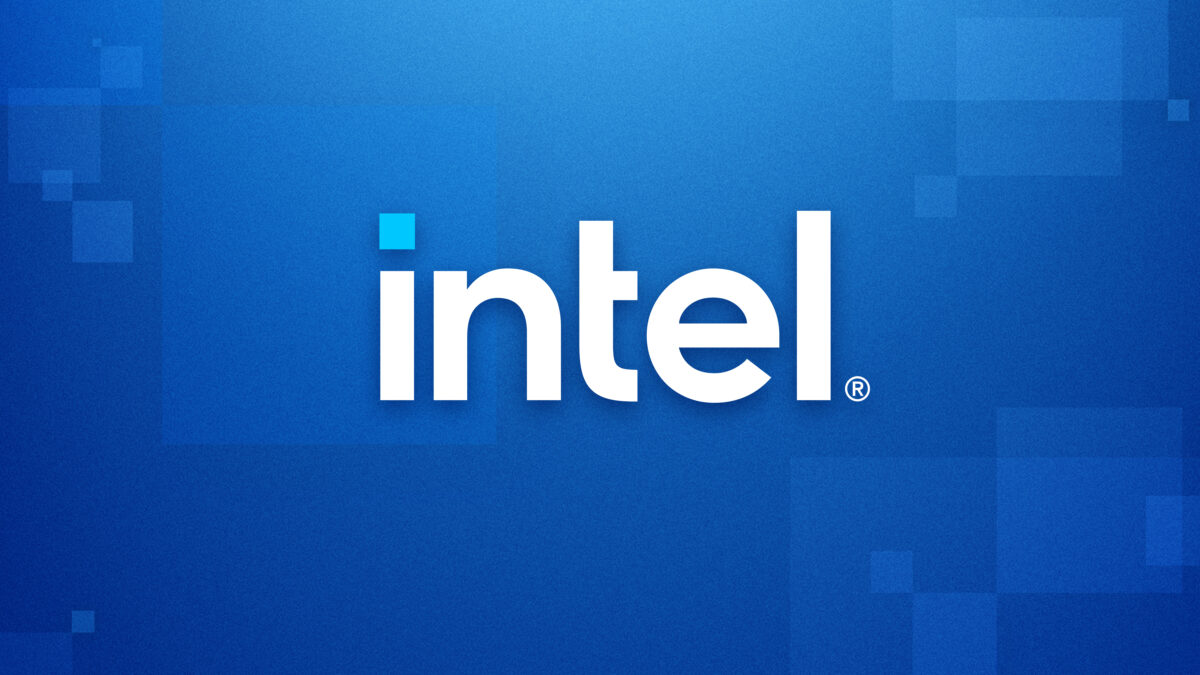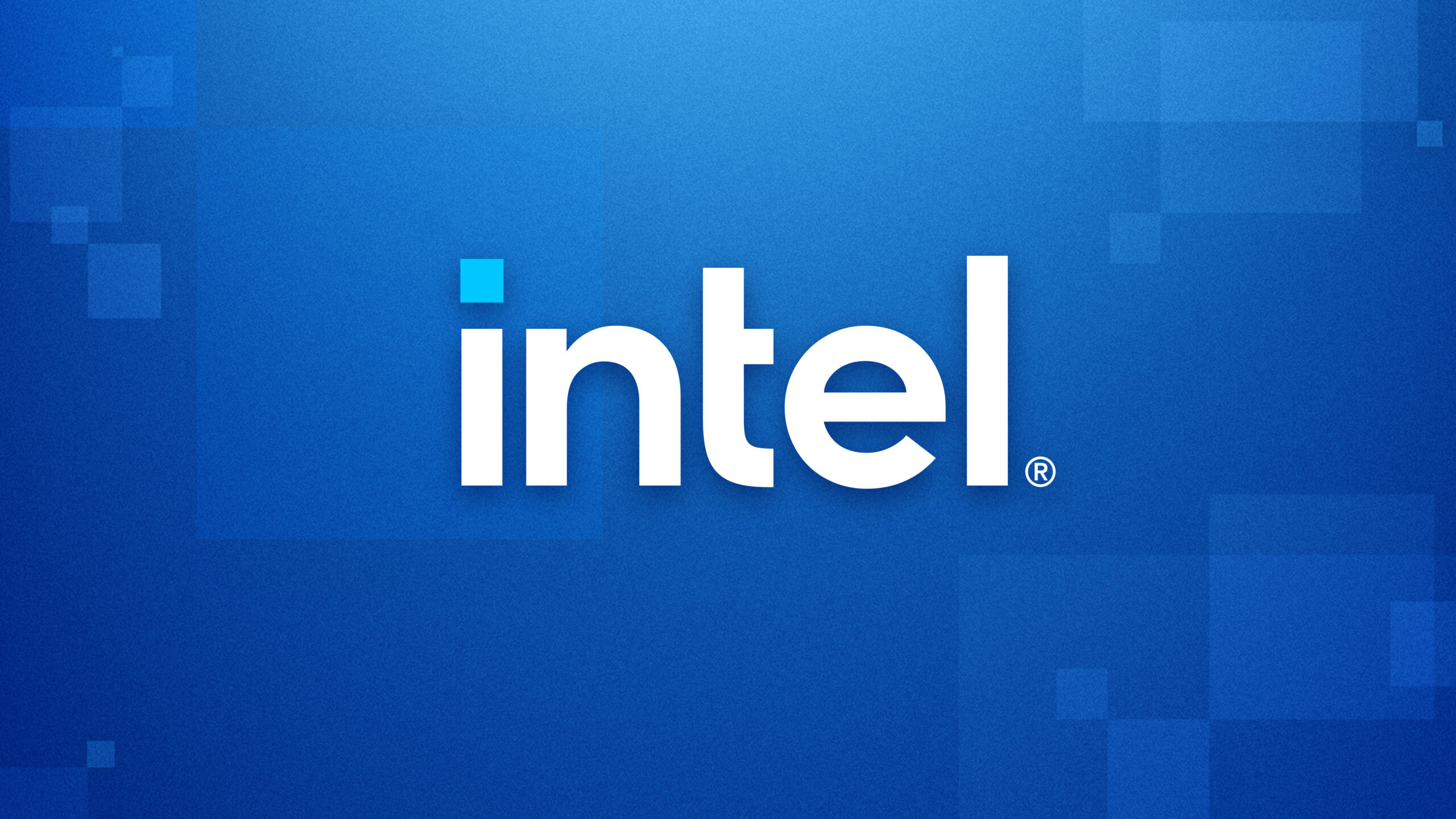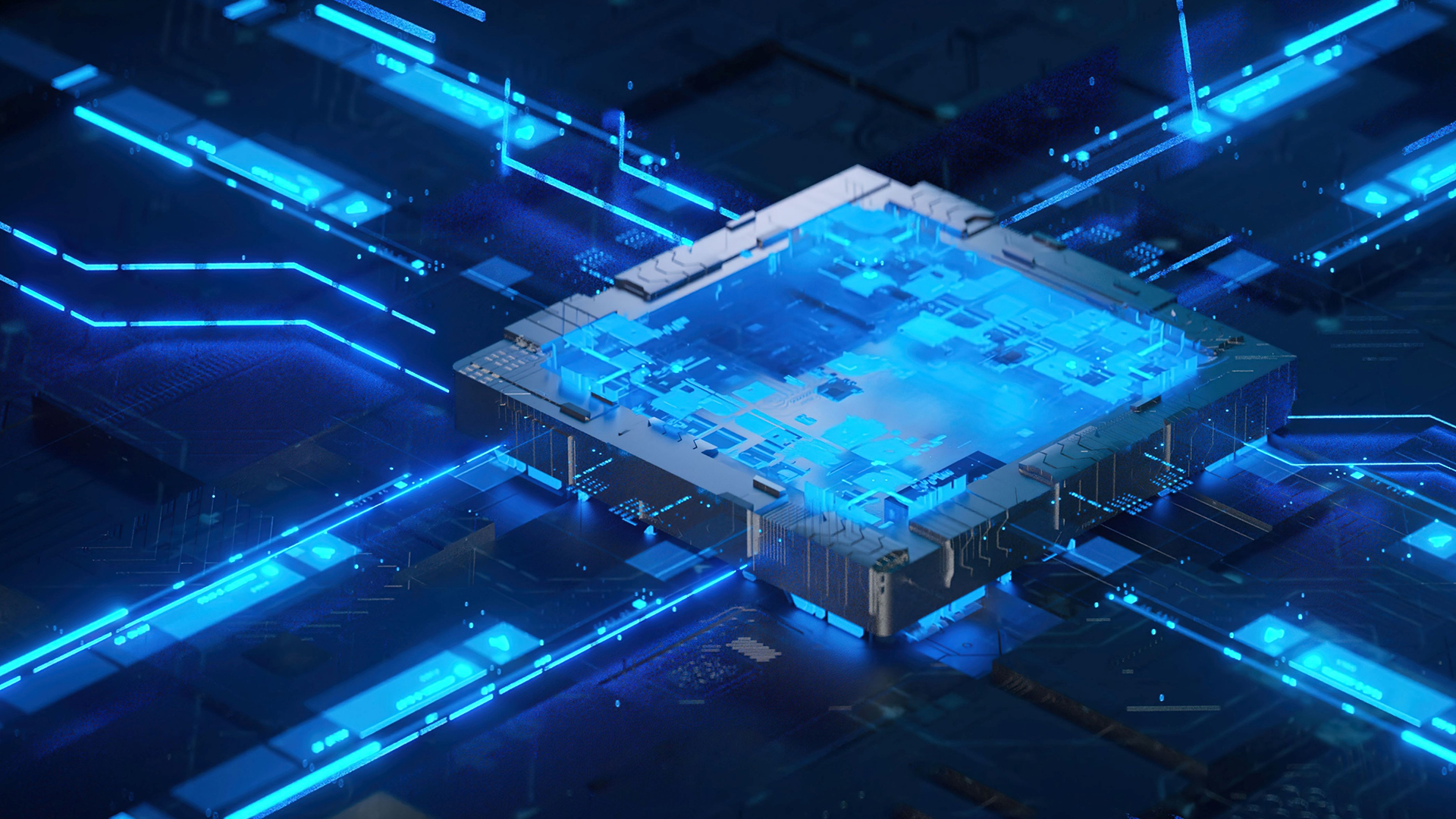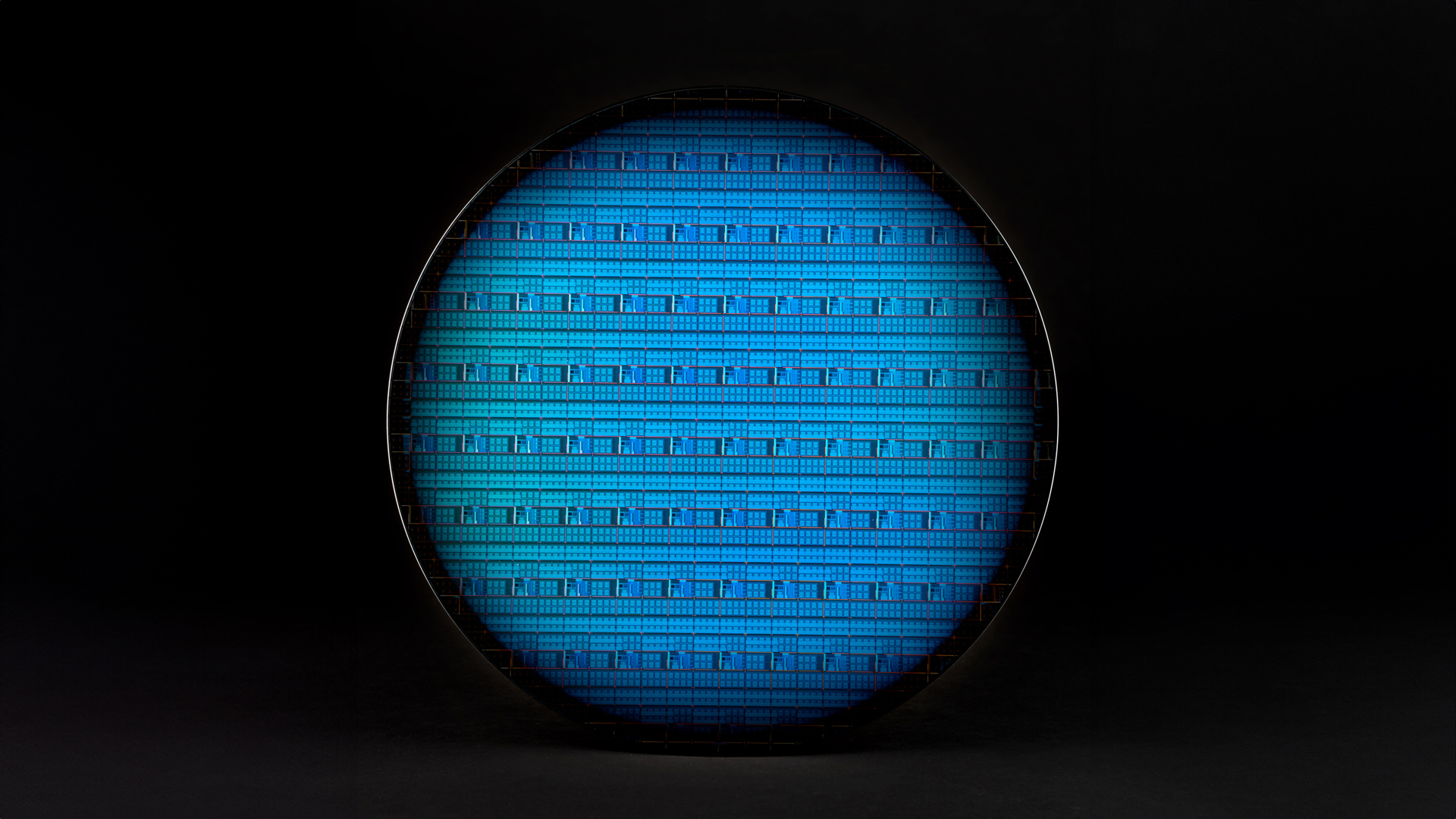Intel Newsroom Archive 2022
December 31, 2022
Published

List of Intel Newsroom articles and news from 2022
In this article:
- January 4, 2022: Intel vPro Platform
- January 3, 2022: CES Udelv Unveils Mobileye-Powered AV Transporter
- January 4, 2022: CES Mobileye, Zeekr Collaborate on Consumer AV
- January 4, 2022: New Mobileye EyeQ Ultra will Enable Consumer AVs
- January 4, 2022: One Intel News Conference (Replay)
- January 5, 2022: Mobileye’s Self-Driving Secret 200PB of Data
- January 5, 2022: Mobileye’s Under the Hood’ (Replay)
- January 6, 2022: Intel at CES 2022
- January 6, 2022: Mobileye at CES 2022
- January 10, 2022: Intel Names David Zinsner Executive Vice President and Chief Financial Officer
- January 10, 2022: Intel Names Michelle Johnston Holthaus Head of Client Computing Business
- January 18, 2022: Intel and ASML Strengthen their Collaboration to Drive High-NA into Manufacturing in 2025
- January 18, 2022: Intel Retail Study The Pandemic’s Effect on Consumer Behavior
- January 19, 2022: Ireland Milestone First Tool Roll-in at Fab 34
- January 20, 2022: Media Alert Intel Manufacturing Webcast Jan. 21
- January 21, 2022: Intel Announces Next US Site with Landmark Investment in Ohio
- January 21, 2022: Intel’s Manufacturing Webcast (Replay)
- January 26, 2022: Intel Reports Fourth-Quarter and Full-Year 2021 Financial Results
- January 27, 2022: Intel and Partners Open Applications for New AI Labs at Community Colleges
- February 1, 2022: Media Alert Intel Virtual Keynote at MWC Barcelona 2022
- February 2, 2022: Intel Launches Project Circuit Breaker
- February 14, 2022: Autonomous Movers Set for US Launch in 2024
- February 14, 2022: Intel Helps Give Voice to People with MND
- February 17, 2022: Intel Highlights 2022 and Long-Term Growth Strategy at Investor Meeting
- February 17, 2022: Intel Investor Meeting 2022 Keynote (Replay)
- February 17, 2022: Intel Reveals Bold Multiyear Xeon Roadmap to Accelerate Data Center Leadership and Growth
- February 17, 2022: Intel Technology Roadmaps and Milestones
- February 18, 2022: Intel Names Christoph Schell Executive Vice President and Chief Commercial Officer
- February 23, 2022: 12th Gen Intel Core
- February 23, 2022: Intel Expands Mobile Leadership, Brings Enthusiast Performance to Thin-and-Light Laptops
- February 24, 2022: Intel Advances AI Inferencing for Developers
- February 24, 2022: Intel Advances vRAN, Launches Xeon for Network and Edge, and Enhances Edge Software
- February 24, 2022: Intel Launches Xeon D Processor Built for the Network and Edge
- February 24, 2022: Intel MWC Barcelona 2022 Keynote (Replay)
- February 24, 2022: Intel NUC 12 Extreme Brings Performance Hybrid Architecture to the NUC Form Factor
- March 2, 2022: Industry Leaders Foster Open Ecosystem for Chiplet-Based Design
- March 2, 2022: Intel at MWC Barcelona 2022
- March 3, 2022: Intel Introduces vPro Platform for Revolutionary Business Performance
- March 3, 2022: Intel Statement on the War in Ukraine
- March 7, 2022: Introducing Intel Agilex M-Series FPGAs
- March 7, 2022: Maricopa Community Colleges and Intel to Launch New Semiconductor Manufacturing Workforce Development Initiative
- March 7, 2022: Mobileye Submits S-1 Draft Registration Statement
- March 15, 2022: Intel Announces Initial Investment of Over 33 Billion for R&D and Manufacturing in EU
- March 16, 2022: Media Alert Intel Launches Education and Research Initiatives for Ohio, US on March 17
- March 17, 2022: Intel Invests $100M in Ohio and National Semiconductor Education and Research
- March 18, 2022: Ohio Residents We are Ready for Intel’s Arrival
- March 23, 2022: Intel Introduces New ATX PSU Specifications
- March 28, 2022: 12th Gen Intel Core i9-12900KS Launches as World’s Fastest Desktop Processor
- March 29, 2022: Intel, Community College District in Arizona Launch First-of-its-Kind AI Lab
- March 30, 2022: Intel Arc Graphics Explained in 60 Seconds
- March 31, 2022: Intel to Acquire Granulate
- April 4, 2022: Intel Launches New Intel Blockscale Technology for Energy-Efficient Blockchain Hashing
- April 4, 2022: Intel, Lockheed Martin Advance 5G-Ready Comms
- April 5, 2022: Intel Suspends Operations in Russia
- April 7, 2022: Intel Announces 2022 EPIC Supplier Program Award Recipients
- April 7, 2022: Intel Joins MITRE Engenuity’s Semiconductor Alliance
- April 8, 2022: Media Alert Intel Oregon Factory Grand Opening Webcast on April 11
- April 11, 2022: Five Things to Know about Gordon Moore
- April 11, 2022: Intel Factory Grand Opening in Oregon (Replay)
- April 11, 2022: Intel Marks Grand Opening of $3B Factory Expansion in Oregon
- April 11, 2022: Intel Opens Factory Expansion in Oregon, Renames Site for Gordon Moore
- April 12, 2022: Intel Study Secure Systems Start with Hardware
- April 12, 2022: Mobileye AVs Now Driving with Full Sensing Suite
- April 13, 2022: Intel Commits to Net-Zero Greenhouse Gas Emissions in its Global Operations by 2040
- April 14, 2022: Intel and QuTech Collaborate to Produce Silicon Qubits at Scale
- April 14, 2022: Intel Declares Quarterly Cash Dividend
- April 18, 2022: Taking the Leap into Discrete GPUs
- April 26, 2022: Intel Wins DARPA RACER-Sim Program
- April 27, 2022: Intel Powers New Amazon EC2 I4i Instances
- April 28, 2022: Intel Reports First-Quarter 2022 Financial Results
- May 4, 2022: Intel Names Matt Poirier Senior Vice President of Corporate Development
- May 5, 2022: GROMACS 2022 Advances Open Source Drug Discovery with oneAPI
- May 10, 2022: 12th Gen Intel Core HX Processors Launch as World’s Best Mobile Workstation Platform
- May 10, 2022: Intel Vision 2022 Day 1 Keynote Live Blog
- May 10, 2022: Intel Vision 2022 Keynote (Replay)
- May 10, 2022: Intel’s Habana Labs Launches Second-Generation AI Processors for Training and Inferencing
- May 11, 2022: Intel Introduces Project Amber for Cloud-to-Edge and On-Premises Trust Assurance
- May 11, 2022: Intel Presents 2022 North America Channel Partners of the Year for Enhancing Innovation
- May 11, 2022: Intel Vision 2022 Day 2 Keynote (Replay)
- May 11, 2022: Intel Vision 2022 Day 2 Keynote Live Blog
- May 11, 2022: Intel Vision 2022
- May 12, 2022: A Year of Uniting the Industry and Further Embedding DI
- May 18, 2022: Introducing the Virtual Intel Museum
- May 19, 2022: Communicating on Instagram Without Typing
- May 19, 2022: Intel Makes Key Investments to Advance Data Center Sustainability
- May 19, 2022: Intel Open-Sources SYCLomatic Migration Tool to Help Developers Create Heterogeneous Code
- May 24, 2022: 12th Gen Intel Core Powers New Framework Laptops
- May 25, 2022: Intel oneDNN AI Optimizations Enabled as Default in TensorFlow
- May 26, 2022: Intel Taps Factory Network to Overcome Substrate Shortages
- May 31, 2022: Intel Corporation to Participate in Upcoming Investor Conferences
- June 1, 2022: Intel RealSense Depth Camera D435f New Infrared Pass Filters for Better Range Performance
- June 1, 2022: Media Alert Intel at RSA Conference 2022, BSides SF
- June 7, 2022: Intel Demonstrates Commitment to Security at RSA Conference 2022
- June 8, 2022: Intel Names April Miller Boise Executive Vice President and Chief Legal Officer
- June 8, 2022: The US CHIPS Act Why Intel Supports It
- June 15, 2022: Interact with a Computer Without Touching It
- June 28, 2022: Intel Foundry Services Forms Alliance to Enable Design in the Cloud
- June 28, 2022: Intel Labs Announces Integrated Photonics Research Advancement
- June 29, 2022: Second-Gen Habana Gaudi2 Outperforms Nvidia A100
- June 30, 2022: Media Alert oneAPI DevSummit for AI 2022
- July 5, 2022: Intel Manufacturing Images (B-Roll, Photos)
- July 5, 2022: Mobileye Launches EyeQ Kit New SDK for Advanced Safety and Driver-Assistance Systems
- July 6, 2022: Intel and Google Cloud Optimize Performance for HPC Workloads
- July 6, 2022: Intel to Report Second-Quarter 2022 Financial Results
- July 7, 2022: It Takes a Big Crane to Build Huge Fabs
- July 11, 2022: Nailing the IPU Designing a Processor by Walking a Mile in Customers’ Shoes
- July 12, 2022: Intel Releases Open Source AI Reference Kits
- July 13, 2022: Intel Achieves Net Positive Water in 3 Countries
- July 14, 2022: Intel Declares Quarterly Cash Dividend
- July 18, 2022: Groceries with a Taste of Tech
- July 25, 2022: Intel and MediaTek Form Foundry Partnership
- July 26, 2022: Media Alert Join Intel Innovation on Sept. 27-28
- July 28, 2022: Intel Reports Second-Quarter 2022 Financial Results
- July 28, 2022: Intel Statement on Passage of CHIPS Act Funding
- August 2, 2022: Intel Reinforces Sustainability Commitment with Inaugural $1.25 Billion Green Bond Offering
- August 3, 2022: Expanding Innovation via Interoperative Open RAN
- August 4, 2022: Media Alert Intel at Black Hat, The Diana Initiative
- August 8, 2022: Intel Arc Graphics
- August 8, 2022: Take a Tour of Intel’s Archived History
- August 9, 2022: Intel Statement on CHIPS and Science Act Signing
- August 9, 2022: Intel Teams Up with Aible to Fast-Track Enterprise Analytics and AI
- August 10, 2022: Intel 5G, Edge Tech Enables Driverless Tractors
- August 11, 2022: Intel Elects Lip-Bu Tan to Its Board of Directors
- August 11, 2022: Intel Introduces First Protections Against Certain Physical Threats
- August 16, 2022: Creators Leverage 12th Gen Intel Core HX to Bring Inspiration to Life
- August 16, 2022: Intel Names Hardware Security Award Winners
- August 17, 2022: 2022 Inventor of the Year Tahir Ghani Keeps Moore’s Law Alive
- August 17, 2022: Intel Corporation to Participate in Upcoming Investor Conferences
- August 22, 2022: A New Era of Chipmaking to Meet the World’s Demand for Compute
- August 23, 2022: Intel Introduces First-of-its-Kind Semiconductor Co-Investment Program
- August 23, 2022: Intel Unite Solution
- August 24, 2022: Introducing Intel Data Center GPU Flex Series for the Intelligent Visual Cloud
- September 1, 2022: First Socketed SoC Processors for Edge Innovation
- September 1, 2022: Media Alert Intel Celebrates Ohio Groundbreaking
- September 1, 2022: oneAPI Tools Enhance Performance of TencentDB for MySQL
- September 6, 2022: How a Small Intel Team Built a Blockchain Chip
- September 7, 2022: Intel Names Shlomit Weiss Senior Vice President and General Manager of Design Engineering
- September 8, 2022: Intel and Broadcom Achieve Major Wi-Fi 7 Industry Milestone
- September 8, 2022: Responsibly Harnessing the Power of AI
- September 9, 2022: Intel Breaks Ground in the Silicon Heartland
- September 9, 2022: Intel’s Ohio Groundbreaking Ceremony (Replay)
- September 14, 2022: Cross-Industry Hardware Specification to Accelerate AI Software Development
- September 14, 2022: Intel and Mila Join Forces for Responsible AI
- September 16, 2022: Intel Declares Quarterly Cash Dividend
- September 16, 2022: Intel Introduces New Intel Processor for Upcoming Essential Segment PCs
- September 19, 2022: Intel NUC 12 Enthusiast Delivers Powerful Mini PC
- September 21, 2022: Intel Announces AI Global Impact Festival Grand Prize Winners
- September 22, 2022: Meet Intel’s AI Ethics Lead Architect
- September 27, 2022: Intel Innovation 2022 Day 1 Broadcast (Replay)
- September 27, 2022: Intel Launches 13th Gen Intel Core Processor Family Alongside New Intel Unison Solution
- September 27, 2022: Live Blog Intel Innovation Day 1
- September 28, 2022: Intel Innovation 2022 Day 2 Broadcast (Replay)
- September 28, 2022: Intel Innovation 2022
- September 28, 2022: Live Blog Intel Innovation Day 2
- October 3, 2022: Mobileye Files Registration Statement for Proposed Initial Public Offering
- October 4, 2022: Intel RealSense Technology
- October 4, 2022: New Intel RealSense Depth Camera D457 IP65 Rated GMSLFAKRA for Secure Performance
- October 5, 2022: Intel Hits Key Milestone in Quantum Chip Production Research
- October 5, 2022: Intel to Report Third-Quarter 2022 Financial Results
- October 10, 2022: Intel Joins DARPA’s Space-BACN to Accelerate Inter-Satellite Communications
- October 11, 2022: Boosting Performance with Programmable Processing
- October 11, 2022: Intel Embraces an Internal Foundry Model
- October 17, 2022: Intel’s Role as a Systems Foundry, Explained
- October 18, 2022: Intel Ignite Expands Startup Acceleration Program to Boston
- October 19, 2022: Intel and HashiCorp Accelerate Cloud Migrations
- October 19, 2022: Intel Leads Industry with Next-Generation Thunderbolt
- October 20, 2022: Media Alert Intel at KubeCon CloudNativeCon North America 2022
- October 24, 2022: Intel Foundry Services Forms Alliance to Enable National Security, Government Applications
- October 26, 2022: Intel Completes Mobileye IPO
- October 27, 2022: Intel Reports Third-Quarter 2022 Financial Results
- November 1, 2022: Intel Corporation to Participate in Upcoming Investor Conference
- November 2, 2022: Pat Gelsinger and Linus Torvalds Geek Out over Open Source
- November 8, 2022: Intel Enhances Intel Partner Alliance Benefits for AI Technology Providers
- November 8, 2022: Helping Shape the Future of Healthcare with Technology
- November 8, 2022: Intel NUC 13 Extreme Sets New Standard for Gaming Performance
- November 9, 2022: Intel Ignite Selects 10 Leading-Edge Companies for First Startup Growth Program in the US
- November 9, 2022: Intel Delivers Leading AI Performance Results on MLPerf v2.1 Industry Benchmark for DL Training
- November 9, 2022: Intel Max Series Brings Breakthrough Memory Bandwidth and Performance to HPC and AI
- November 10, 2022: Intel, Industry Partners Set New PC Webcam Standard
- November 14, 2022: Intel Ignite 10 Startups from Europe Aiming to Change the World
- November 14, 2022: Intel Introduces Real-Time Deepfake Detector
- November 16, 2022: Intel Corporation to Participate in Upcoming Investor Conferences
- November 22, 2022: Intel Elects Barbara G. Novick to Board of Directors
- November 23, 2022: The State of Confidential Computing
- November 28, 2022: AWS Activates 4th Gen Intel Xeon Scalable Processors for New EC2 R7iz Instances
- November 28, 2022: AWS Features Intel Xeon and Networking Innovation at reInvent
- November 29, 2022: Media Alert Intel Hosts oneAPI DevSummit for AI and HPC 2022
- November 30, 2022: Why Developers Should Let oneAPI Dramatically Simplify’ Their Work
- December 3, 2022: Intel Research Fuels Moore’s Law and Paves the Way to a Trillion Transistors by 2030
- December 5, 2022: Intel and Penn Medicine Announce Results of Largest Medical Federated Learning Study
- December 7, 2022: Explaining the Complex Simplicity of Transistors
- December 13, 2022: Intel Provides Key Technologies Supporting Verizon’s vRAN Network Expansion
- December 14, 2022: Intel to Host PC TAM and Platform Roadmap Investor Webinar
- December 16, 2022: New Intel oneAPI 2023 Tools Maximize Value of Upcoming Intel Hardware
- December 21, 2022: 13th Gen Intel Core Platform Crosses 9 GHz in Overclocking Frequency World Record
- December 22, 2022: First EUV Light Marks Intel 4 Milestone in Ireland
- December 22, 2022: Media Alert Intel Hosts 4th Gen Xeon Scalable and Max Series Launch



